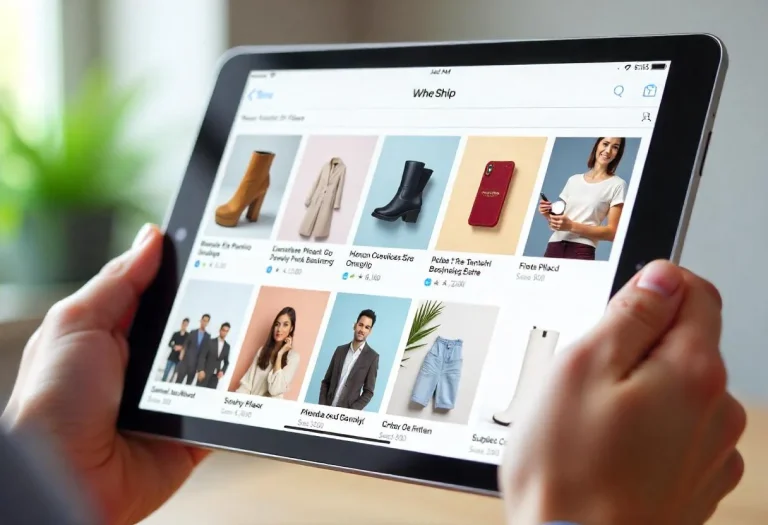
In August 2019, Huawei unveiled its own operating system called Harmony OS and is strongly competing with Android and iOS.
Harmony OS runs on a variety of devices, including smartphones, computers, tablets, smart home devices, and even automobiles. The operating system is interoperable with a wide range of devices, with the goal of providing users with a consistent experience across all of their devices. Let’s take a deeper look at Harmony OS and what it offers.
Harmony OS, also known as HongMeng OS in China, is a microkernel-based distributed operating system that is designed to be lightweight and flexible. Harmony OS is strongly competing with Android and iOS. It is based on the principles of distributed computing, which means that it can run across a range of devices with different hardware configurations and architectures. The microkernel design of the operating system enables it to be more secure and efficient than traditional monolithic kernels.
Device Compatibility
One of the key features of Harmony OS is its ability to run across a range of devices, including smartphones, tablets, smart TVs, wearables, and more. This is because Harmony OS uses a unified architecture and a shared set of APIs, which makes it easy for developers to create apps that work across different devices. The OS also supports multiple programming languages, including Java, Kotlin, and C++.
Harmony OS utilises a distributed architecture. This makes useful in a variety of ways. Harmony OS can either run on a single device or be used to create a network of devices that work together to provide a seamless experience. For example, a user can start watching a movie on their smartphone and then continue watching it on their smart TV without any interruption. This is because Harmony OS can seamlessly transfer data and resources between devices.
Security Features
Harmony OS places a high premium on security and is more secure than other operating systems. The microkernel design of the operating system provides better isolation between different components, which reduces the risk of security breaches. Additionally, Harmony OS includes a security subsystem called Trusted Execution Environment (TEE), which provides a secure environment for sensitive data and processes.
In terms of performance, Harmony OS is fast and responsive. The operating system uses a distributed scheduling algorithm that enables it to allocate system resources more efficiently. This means that the OS can provide a smooth and seamless experience even when running multiple apps and processes.
So far, Harmony OS has been released on a limited number of devices, including the Huawei Mate 40 series, Mate X2, and some smart TVs. However, the company plans to roll out the operating system to more devices in the future, including laptops and wearables. Huawei has also announced that it will open up the Harmony OS to third-party developers, which will allow them to create apps and services for the operating system.
Summary
Overall, Harmony OS is a promising operating system that has the potential to provide a seamless experience across a range of devices. This also explains how Harmony OS is competing with Android and iOS. Its distributed architecture, microkernel design, and focus on security and performance make it a strong contender in the operating system market. As Huawei continues to roll out the operating system to more devices and open it up to third-party developers, it will be interesting to see how Harmony OS fares against established operating systems like Android and iOS.
Top 30 React Native Interview Questions and Answers



